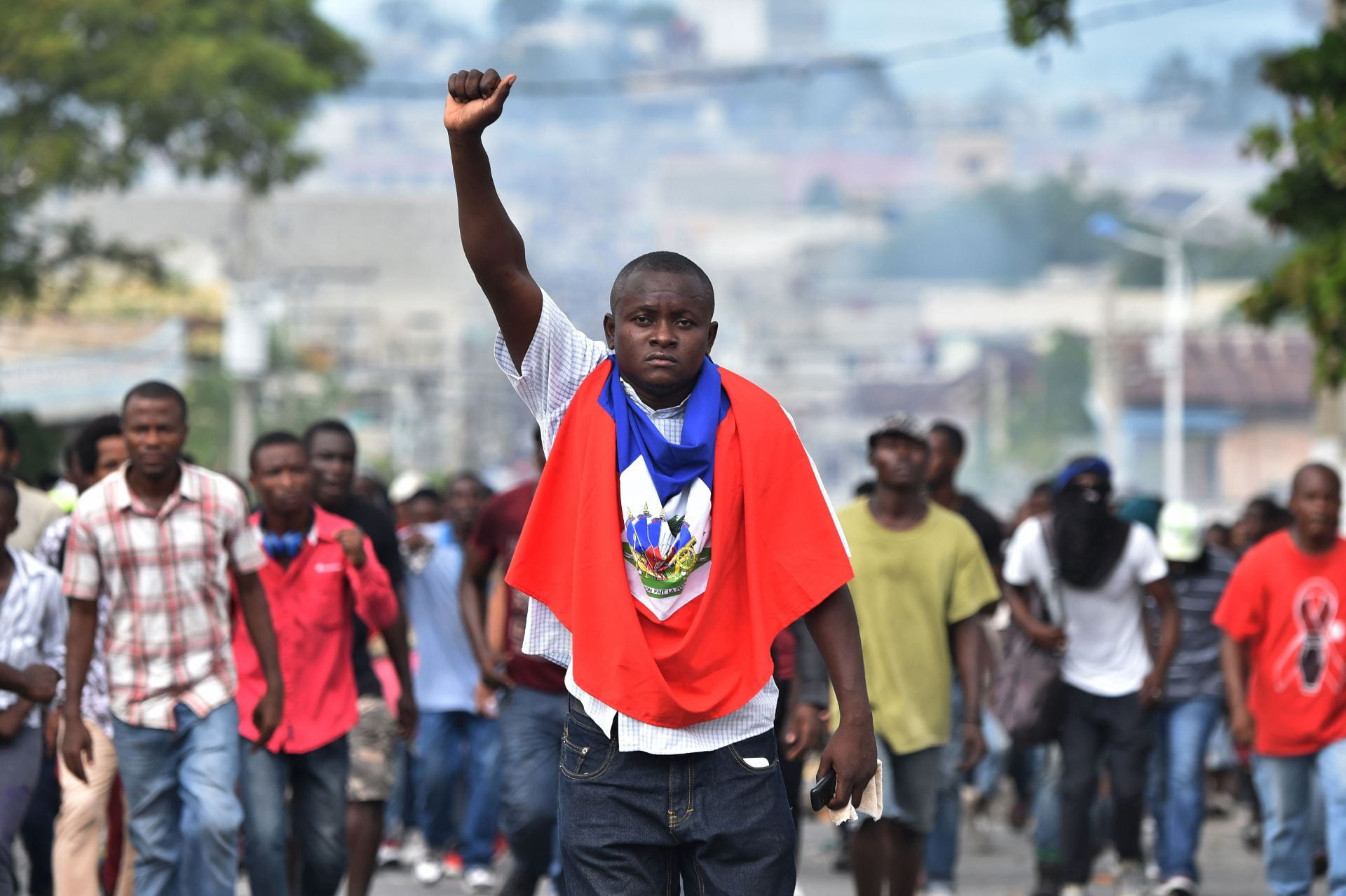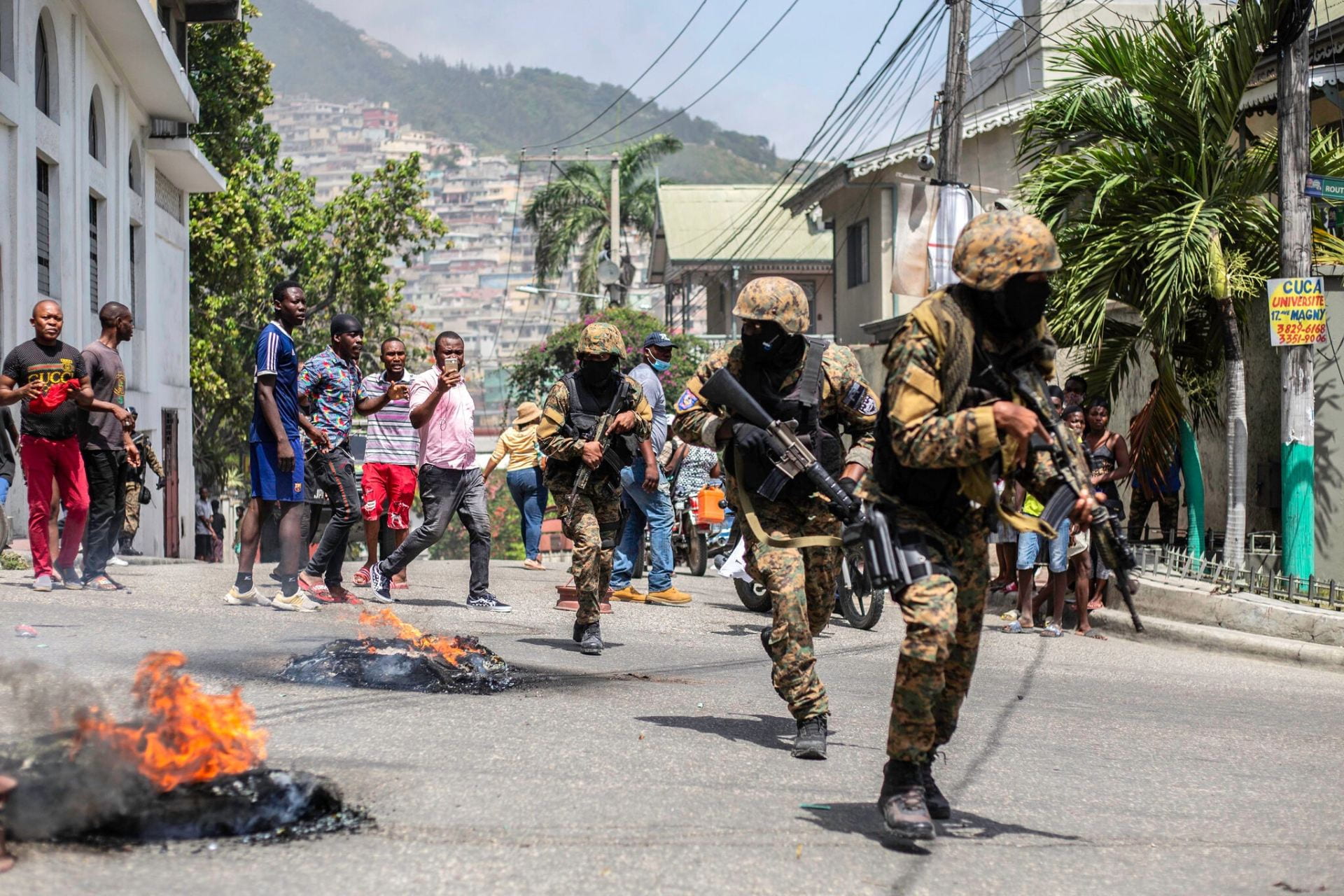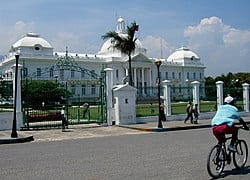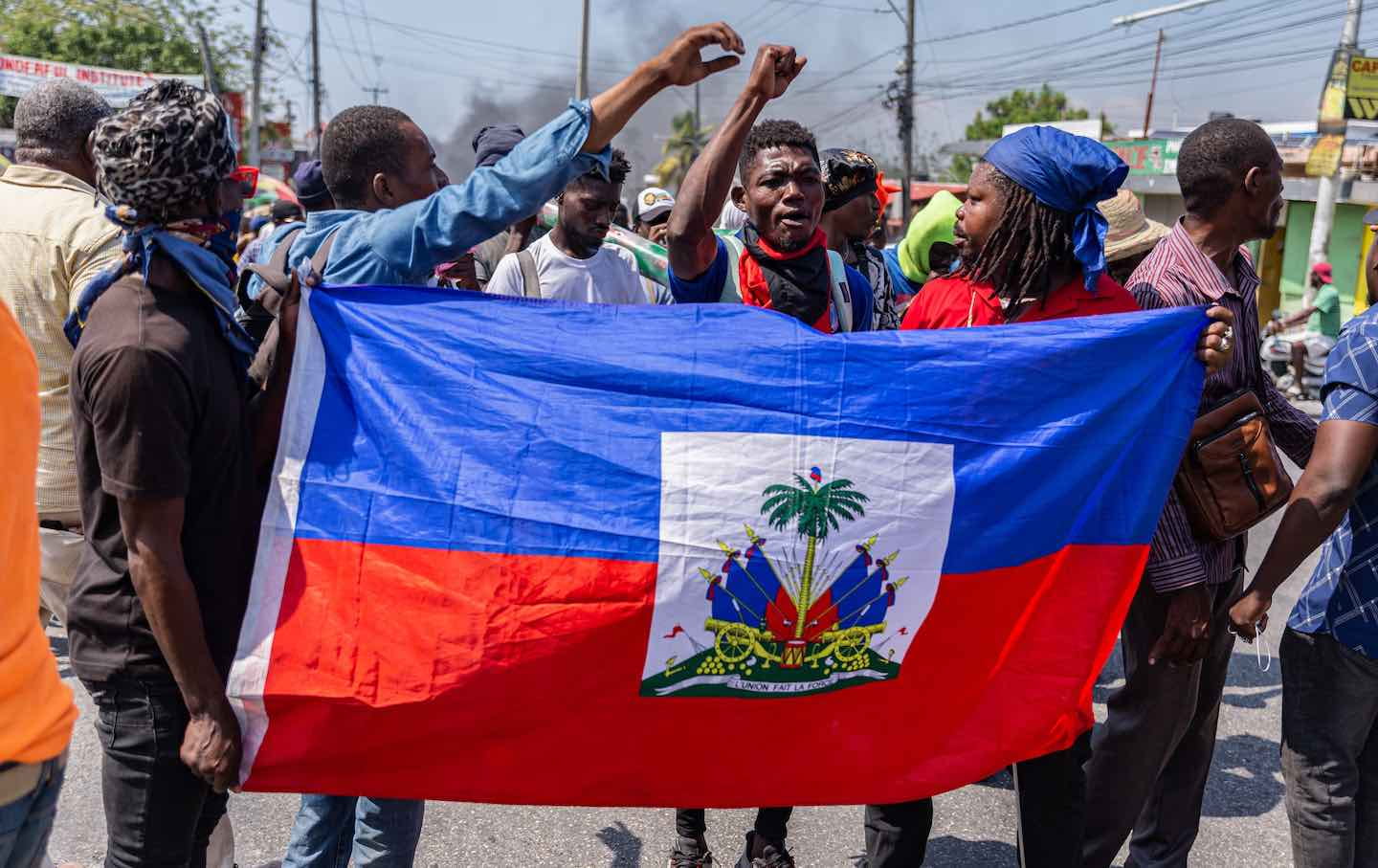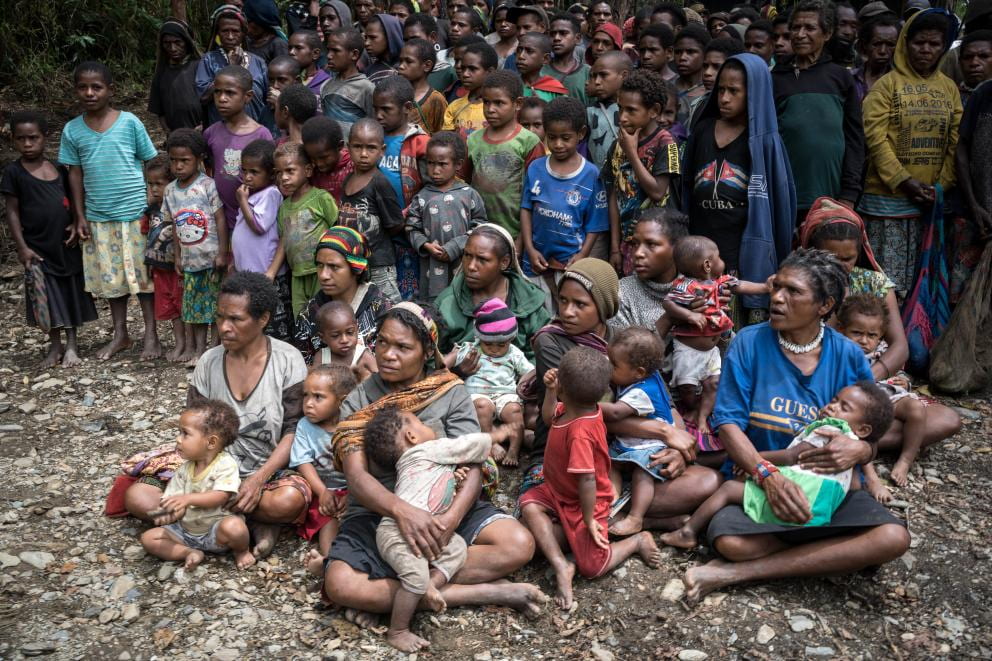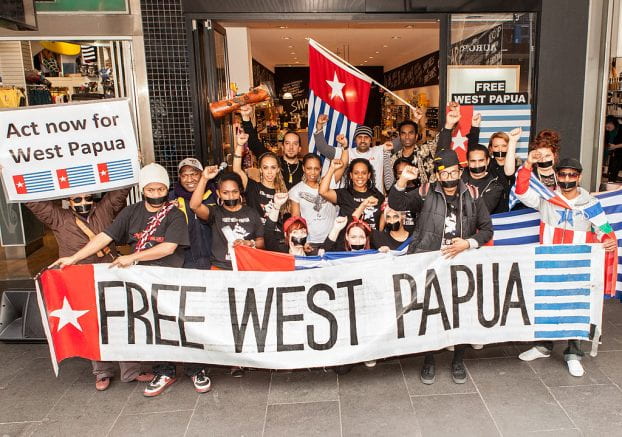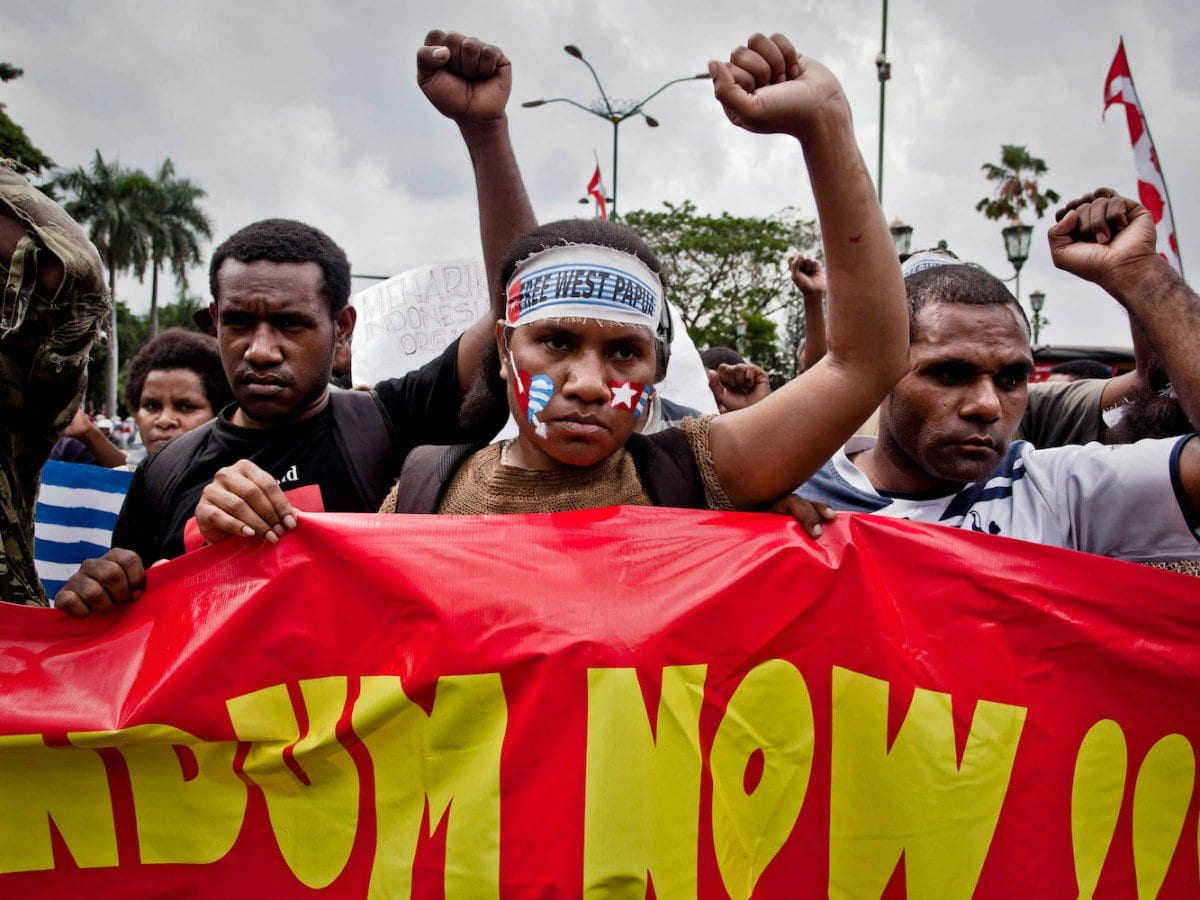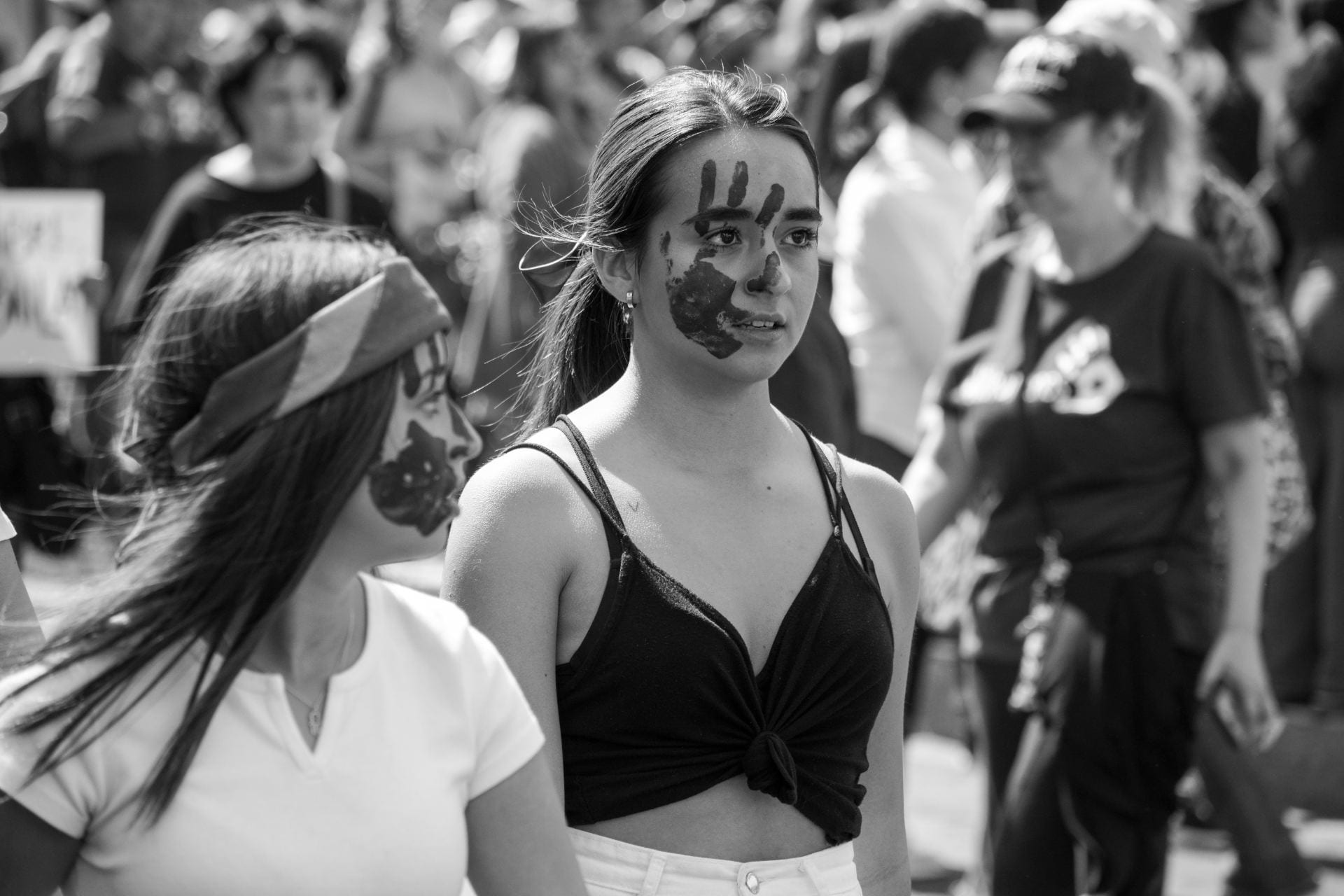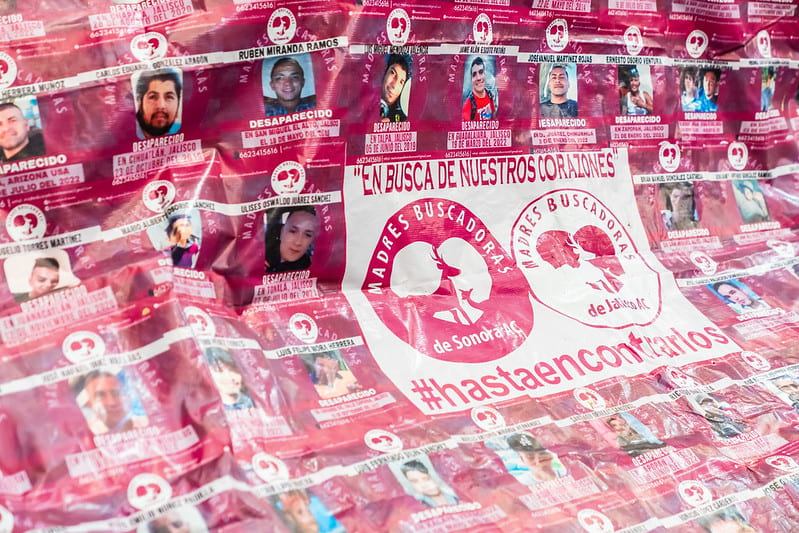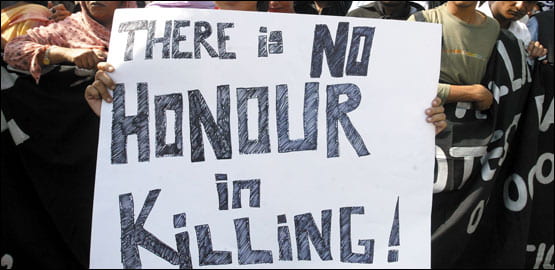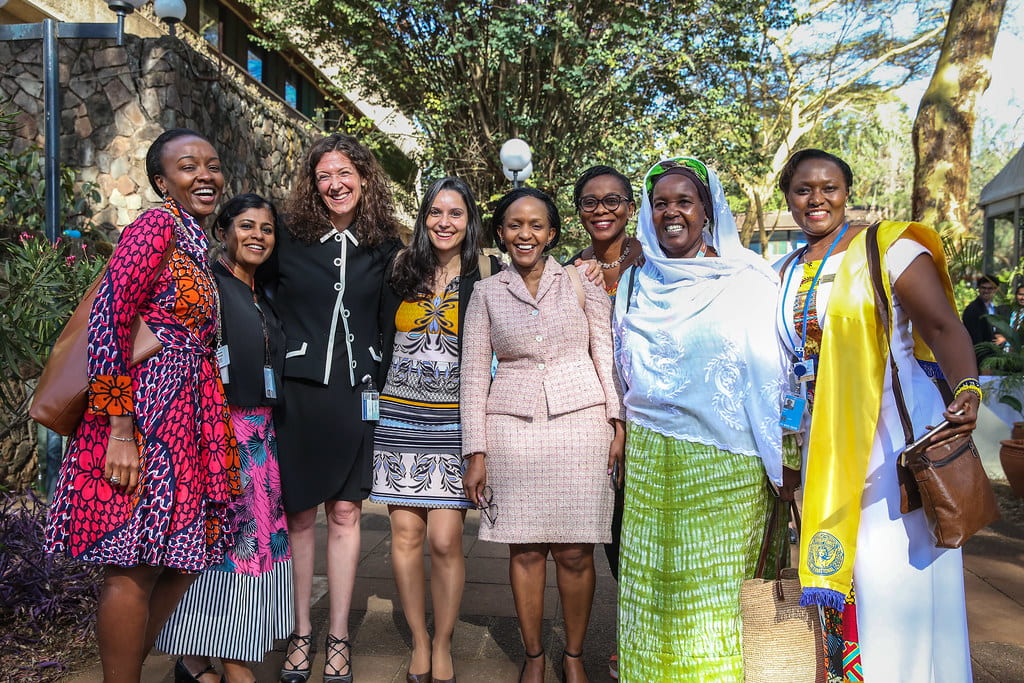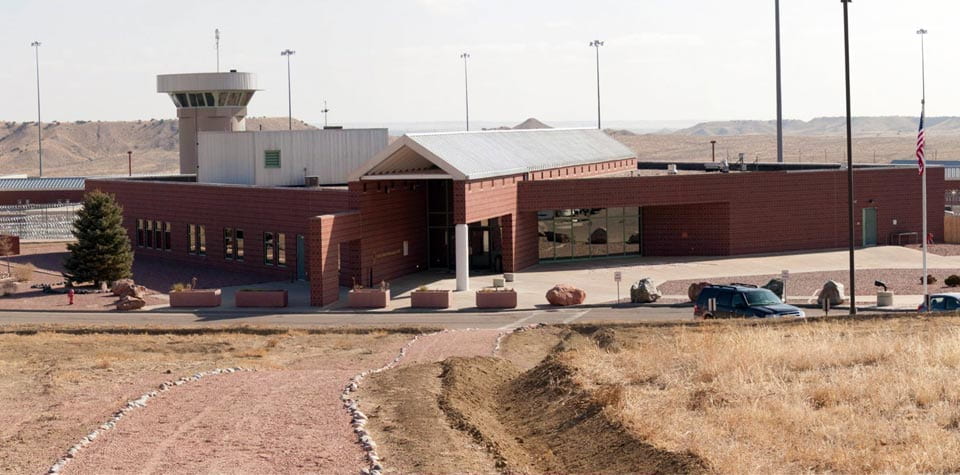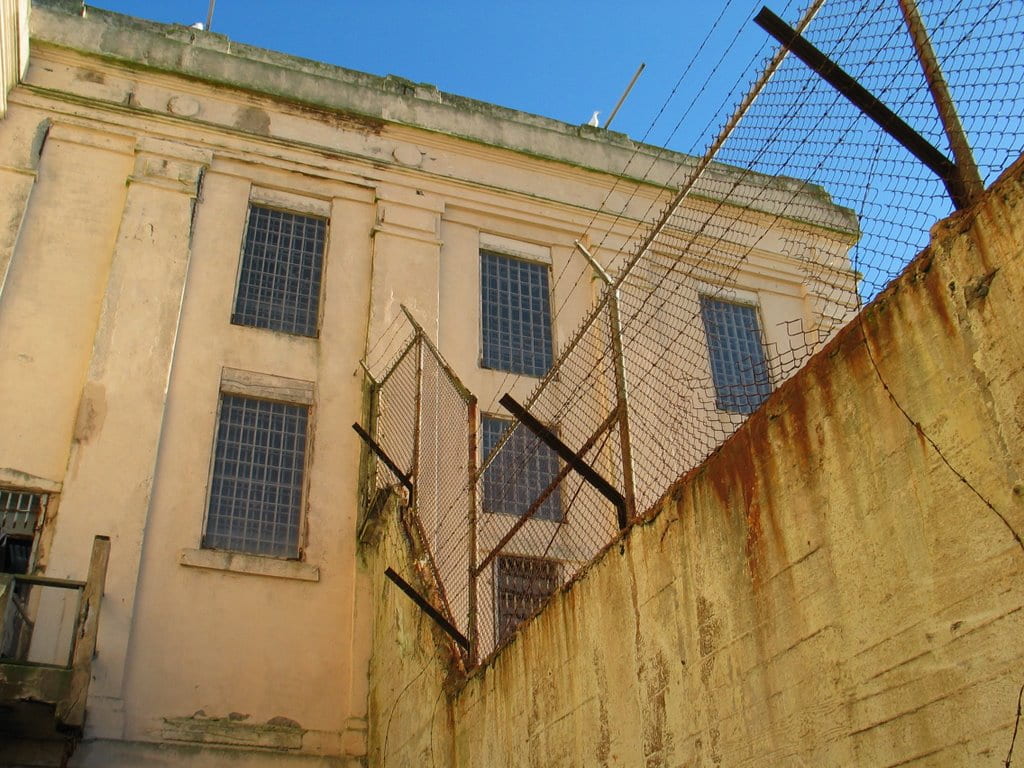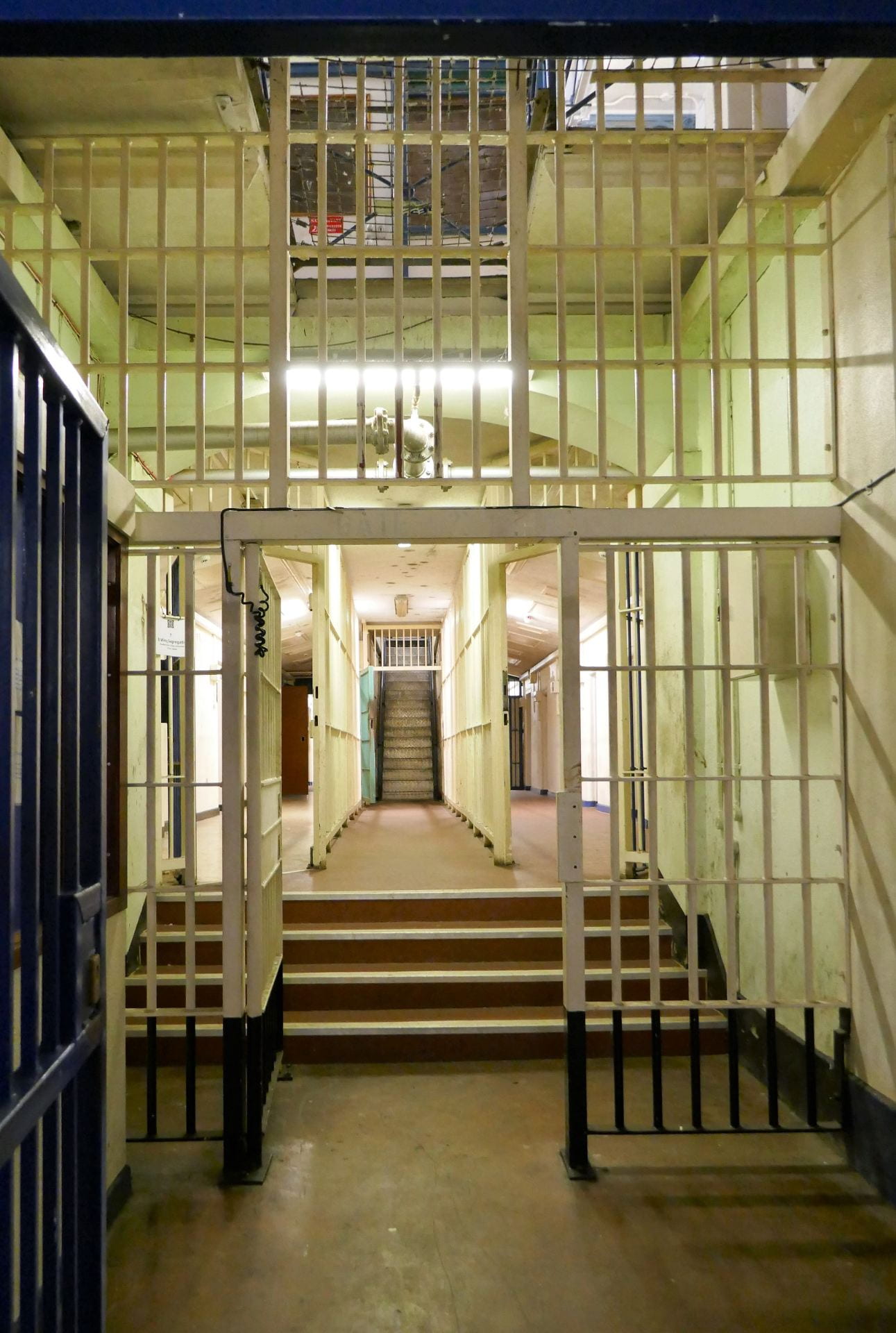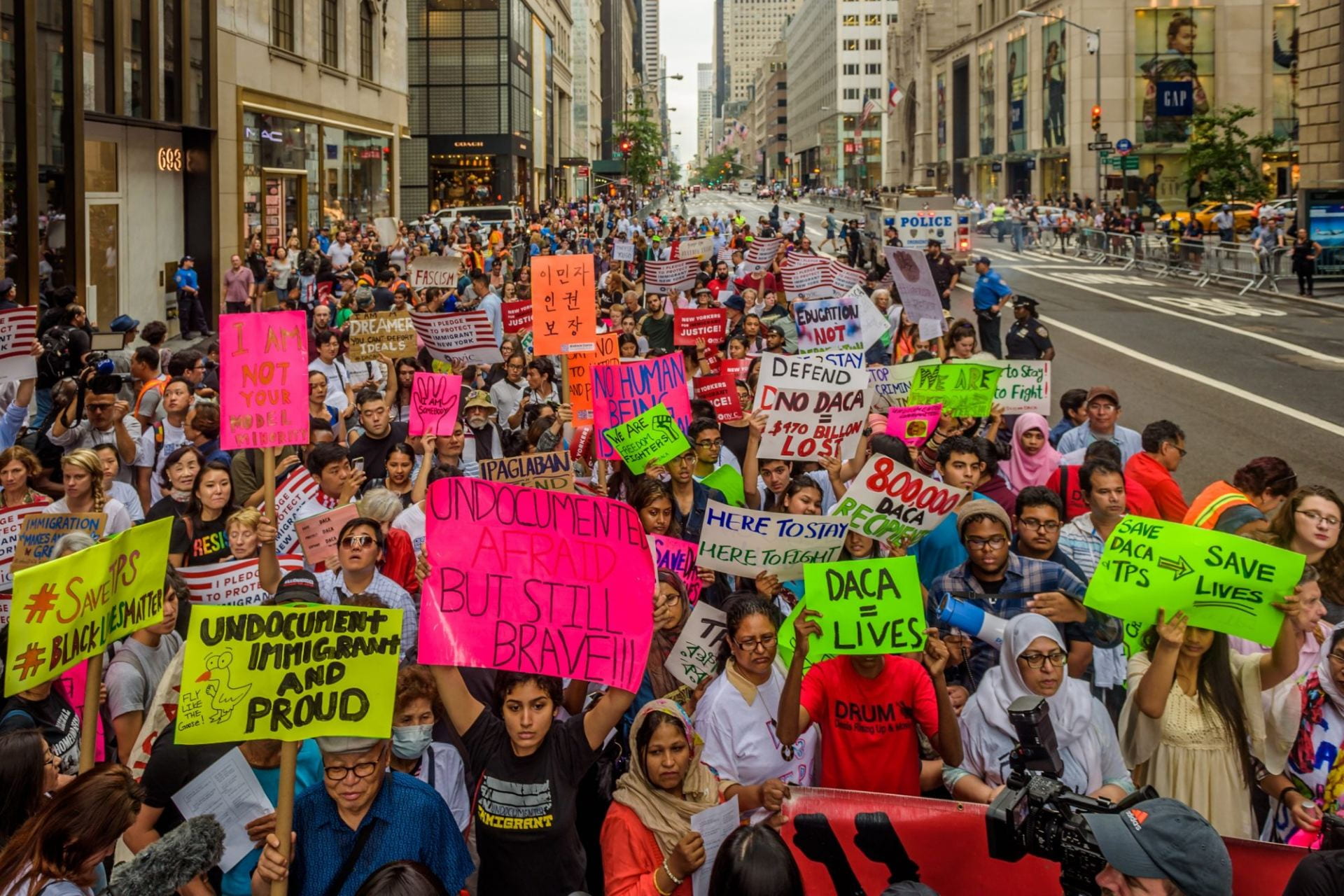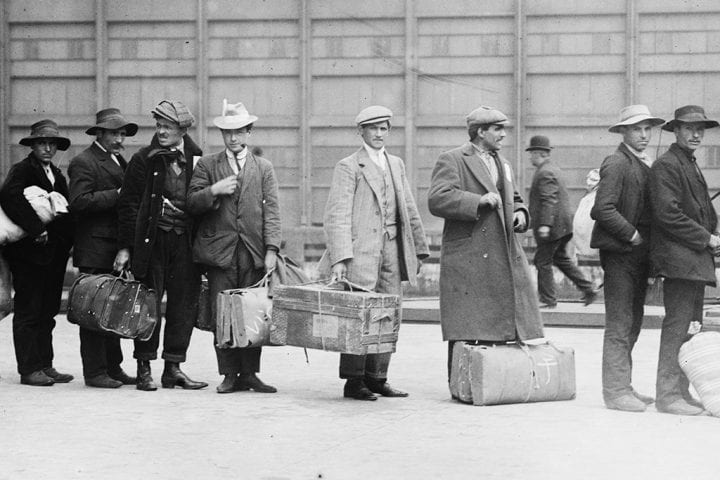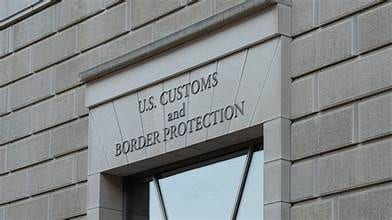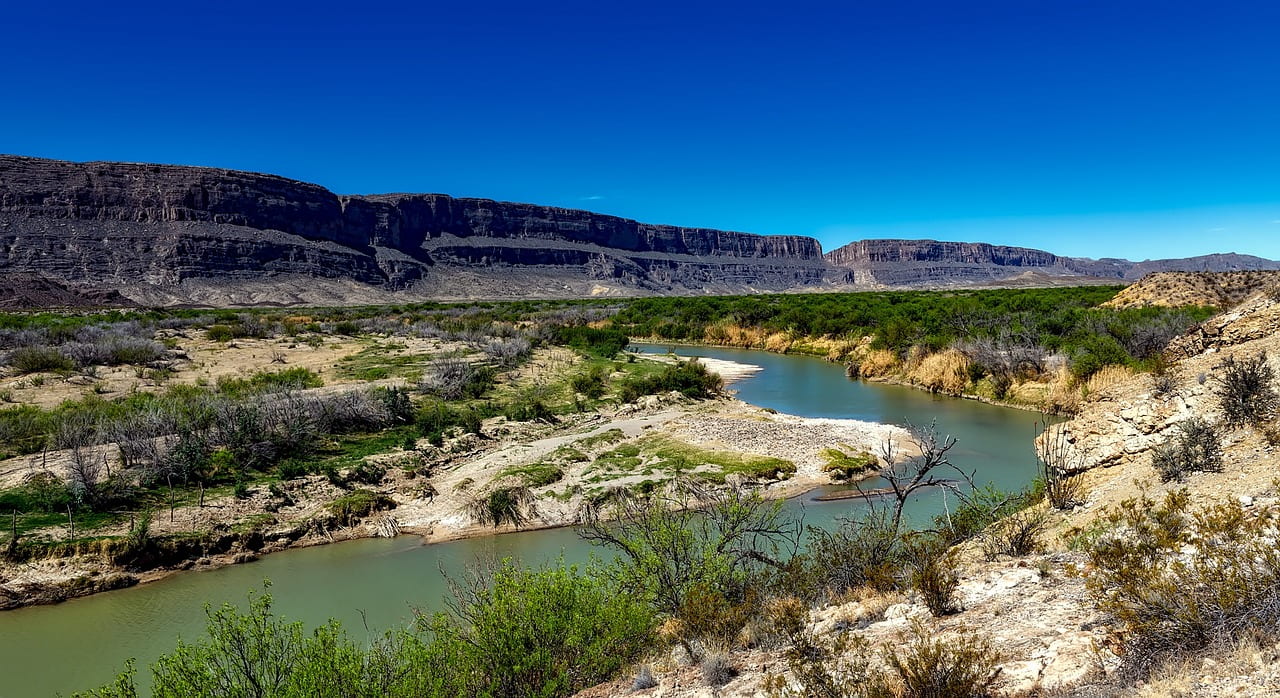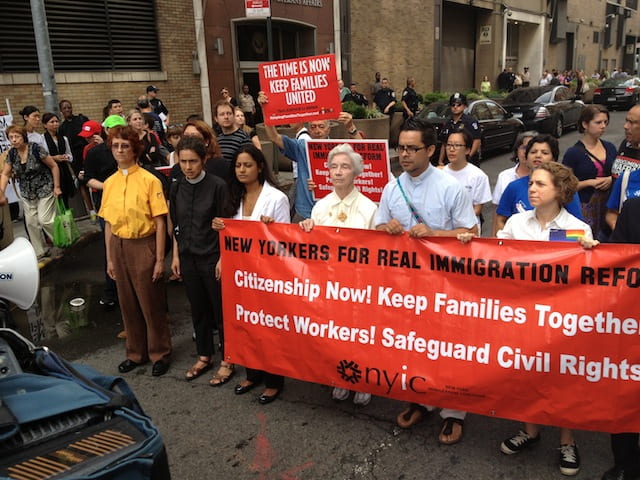Syria has been home to numerous atrocities over the past few decades, making it an important country to monitor. Since 2011, the country has experienced the collapse of its society due to civil war. However, human rights abuses have existed prior, with the suppression of freedoms being carried out by the government. Not only has the country undergone a history of suppression and state-sanctioned terror campaigns, but the recent earthquakes hitting its Northern and Western territories in 2023 have worsened its humanitarian crisis, resulting in a bleak reality being subjugated upon the Syrian people.

Context
Throughout the 1970s, Syria experienced the rise of the Assad dynasty, as Hafez al-Assad declared himself president. During his reign, he used his power to crush civil liberties and freedoms, utilizing force and violence to do so. Hafez also altered the constitution, removing Islam as the state religion in exchange for a secular state. Though this choice was unpopular amongst his constituency, his dictatorial tendencies, along with extreme party loyalty, allowed him to silence the opposition.
Basar al-Assad, Syria’s current leader and successor to his father Hafez, came to power in 2000. Though promising economic and social reform, he failed to provide meaningful change, and the policies that were implemented did nothing but increase inequality within the nation. Alongside these failed governmental measures, an extreme drought increased food prices and saw heightened migration into city centers, thus worsening unemployment. The poor and ignored policies, along with the economic and societal impacts of a five-year drought, caused governmental resentment among citizens as they were desperate for change.
In March 2011, inspired by other Arab Spring movements, which occurred throughout North Africa and the Middle East, Syrian citizens mobilized, calling for regime change and an expansion of personal freedoms and liberties. Though peaceful, these demands were met with extreme violence on behalf of the Syrian government. Labeled as terrorists, the government implemented a “shoot-to-kill” policy on these protestors, with these commands carried out by military officials and paramilitary members. Some concessions were made in April, though not enough to appease protestors. As uprisings continued, so did government violence and pushback. The Syrian Army seized numerous cities, such as Daraa, where they killed hundreds of protestors, cut off water and power, and forced its citizens into starvation. In response, resistance militias began to form and fight against Syrian Army soldiers, unraveling throughout 2012 into a civil war. It later developed into a proxy war, as foreign governments, such as the United States and Russia, involved themselves in the conflict.
Human Rights Abuses
Many human rights abuses have been brought upon Syrian citizens, such as displacement, unlawful arrests, detention and killings, subjection to torture, sexual violence, and disproportional military attacks. Displacement has been one of the largest and most discussed issues that have occurred due to the civil war, with an estimated 12 million citizens forced to move, with six million remaining in the country and six million migrating to other countries like Turkey, Lebanon, and Jordan. There are many reasons for such migration, but a leading cause is military actions. The 2022 Syrian Network for Human Rights Report found that in 2022 alone, 75,000 people were forcibly moved due to either government or opposition hostility. Though relocating, approximately 70% of refugees still experience poverty and limited access to basic necessities. Syrian civilians also experience arbitrary arrests and detention, with victims commonly subjected to torture. The report also found a minimum of 2,221 cases of inappropriate arrests and signals that extortion could be a primary cause, as they tend to target previous prisoners and those receiving remittance payments. Relationships with political figures or activist leaders are another trend among victims. Civilian casualties frequently occur, with many the direct result of excessive use of force. However, deaths have also been caused by torture and medical negligence. While opposition groups do contribute to these numbers, a majority of the killings have been found to be the fault of the Syrian military. The civil war also led to an unprecedented rise in sexual violence, having some of the highest rates globally. While this impacts men as well, it’s important to note that women and children have been especially targeted. The Syrian military has also repeatedly used excessive force against civilian groups, including the deployment of chemical weapons, cluster bombs, and missiles. Though other human rights violations have occurred, this paragraph is meant to provide insight into some of the most prevalent and recurring forms of abuses.

Earthquake Impacts
The February 6, 2023, earthquakes, which primarily impacted Syria and Turkey, worsened the country’s ongoing battle with poverty and human rights struggles. These earthquakes led to the death of some 60,000 Syrian citizens and injured many more. Today, roughly 90% of the population lives below the poverty line. Within that, 50% are living in abject poverty, unable to attain proper food for survival. For reference, in 2010, only 1% of citizens experienced this level of poverty. Even for those outside this statistic, access to food, clean water, and shelter has been extremely limited and seen alongside a rise in violent crime and gender-based exploitation. These earthquakes also contributed to an economic crisis, triggering rampant inflation in the preceding years. The Syrian Center for Policy Research found that, in 2023, consumer prices doubled when compared to the previous year. Average wages have also declined.
Accessing healthcare and treatment are also significant issues. The destruction of the civil war left more than half of the nation’s hospitals nonoperational, leaving injured citizens limited access to treatment. This is gravely concerning as roughly 14.9 million people require medical assistance for survival. For those seeking refuge in other countries, inequality and discrimination still exist, making care inaccessible even in countries with better health facilities. Furthermore, a majority of Syrians have lost the ability to return to their homeland, facing the complete destruction of their livelihoods.
While the civil war resulted in the mass destruction of infrastructure and society, the earthquakes worsened the impacts of such decimation and created new economic issues that citizens were forced to endure.

Today
The Syrian civil war has reached somewhat of a stalemate. With the Syrian government controlling roughly 70% of the country’s territory, outright violence and wartime tactics have decreased. However, the regime remains repressive, regularly violating the human rights of its citizens. As for the near future, it seems unlikely that any peace agreements will be formally signed. It also appears that the current president will remain in power, with some regional powers questioning their opposition to al-Assad.
While fighting has greatly decreased, Syria still faces major roadblocks to improvement. Surrounding conflict has interfered with recovery. The conflict in Gaza has carried into Syria, with Syrian civilians being subjects of numerous attacks likely initiated by Israel. The United Nations Human Rights Council Report on Syria writes how three separate air strikes have led to civilian deaths. Though no party has taken credit for these attacks, the report suspects they are carried out by the Israeli military.
Another key issue is funding. Support for humanitarian aid programs in Syria has dried up, with organizations finding it difficult to raise appropriate funds. It was estimated that $5.3 billion was needed to assist Syria following the earthquakes; however, in 2023, the United Nations was only able to fund 37% of this target. This leaves a $3.38 billion funding gap. Foreign governments also deliver a considerable amount of aid, though it is unfortunately not enough to provide to all Syrians in need. Lacking necessary financing, some programs are forced to reduce their scope or shut down altogether. Earlier this year, UNICEF (United Nations International Children’s Fund) ended water deliveries to certain refugee camps due to a lack of financing. Without adequate funds, aid cannot be delivered to those in need.
Regardless of its human rights abuses, the international community seems to be normalizing its relations with the Syrian government. Surrounding countries have begun to open diplomatic channels, and the United Arab Emirates has reopened its embassy. With the Assad dynasty continuing forward, it seems other countries are choosing to embrace this reality rather than continue rebelling against this brutal regime.
Conclusion
Syria is facing a humanitarian crisis. The ongoing civil war, along with the destruction caused by the 2023 earthquakes, has led to a huge rise in poverty and displacement. Furthermore, citizens are subjected to excessive violence and inhumane treatment by their government and opposition groups. Though largely funded by humanitarian organizations, a lack of donations has dried up financing abilities, causing a huge gap between the required aid amount and what has been received. While there appears to be a stalemate, nothing signals that the situation within the country will improve in the near future. This is an urgent crisis.
If able, consider donating to aid organizations:
UNCHR (United Nations High Commissioner for Refugees)
https://donate.unhcr.org/int/en/syria-emergency
Karam Foundation
https://www.karamfoundation.org/
Save the Children Organization
https://www.savethechildren.org/us/where-we-work/syria
IRUSA (Islamic Relief United States of America)
https://irusa.org/middle-east/syria/









